The main challenge of this stage is the ascent to the Alto del Perdón, whose ascent of just over 2 kilometres can be particularly tough. Once you reach the top, you will realize why it is one of the most famous and photographed points of the Camino de Santiago. Not only for the views but also for the curious sculpture representing a family of pilgrims in the Middle Ages.
Then, the descent of the pass is considered one of the critical points of the French Way, due to the steep slope and the unevenness of the terrain, which can cause falls and injuries, so extreme caution should be taken. After overcoming this stretch, the rest of the itinerary has no major complications until you reach Puente La Reina, which owes its name to the bridge that was built so that pilgrims could cross the waters of the River Arga.
Puente la Reina (Gares) is a small medieval village where you can discover religious constructions resulting from the influence of St. James, such as the Church of the Crucifix, the Church of Santiago or the Church of San Pedro. However, it is the Roman bridge, to which it owes its name, that will impress you the most. This bridge is one of the most imposing and majestic examples of Romanesque style of the Jacobean route.
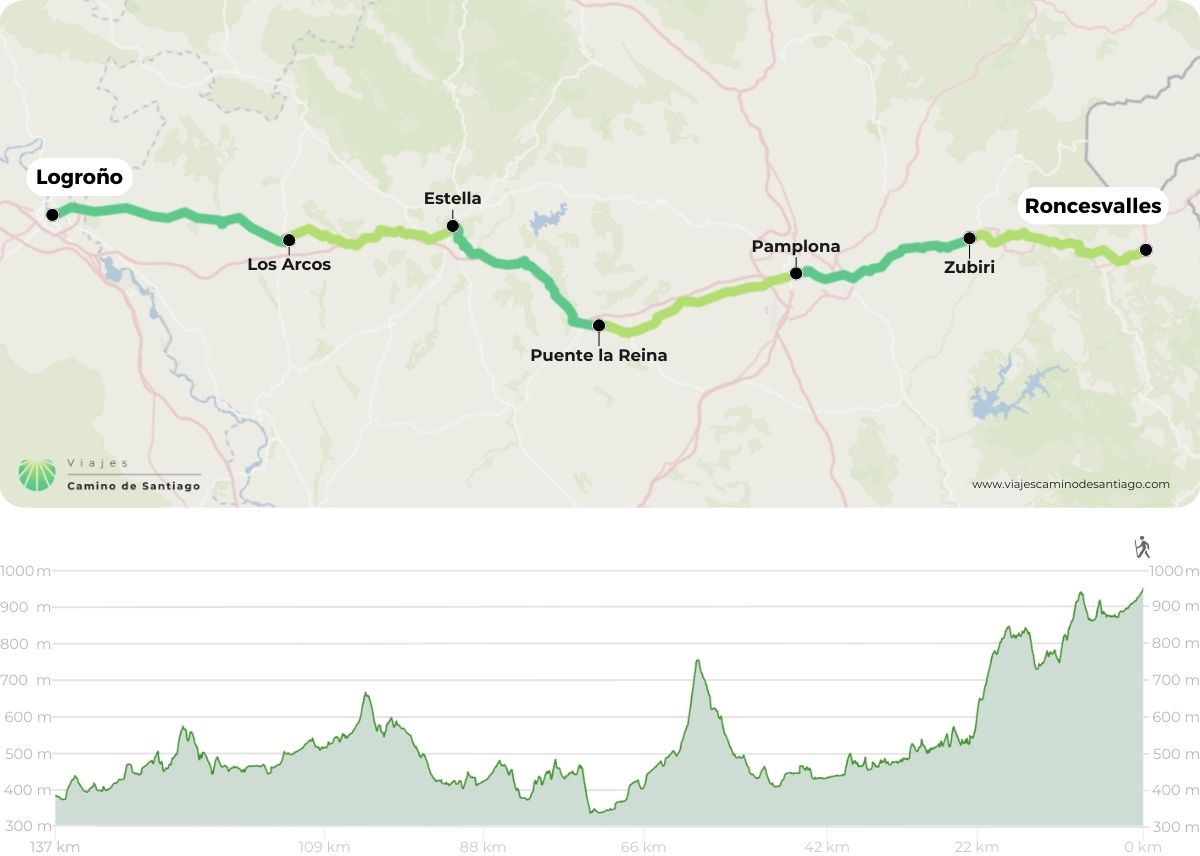
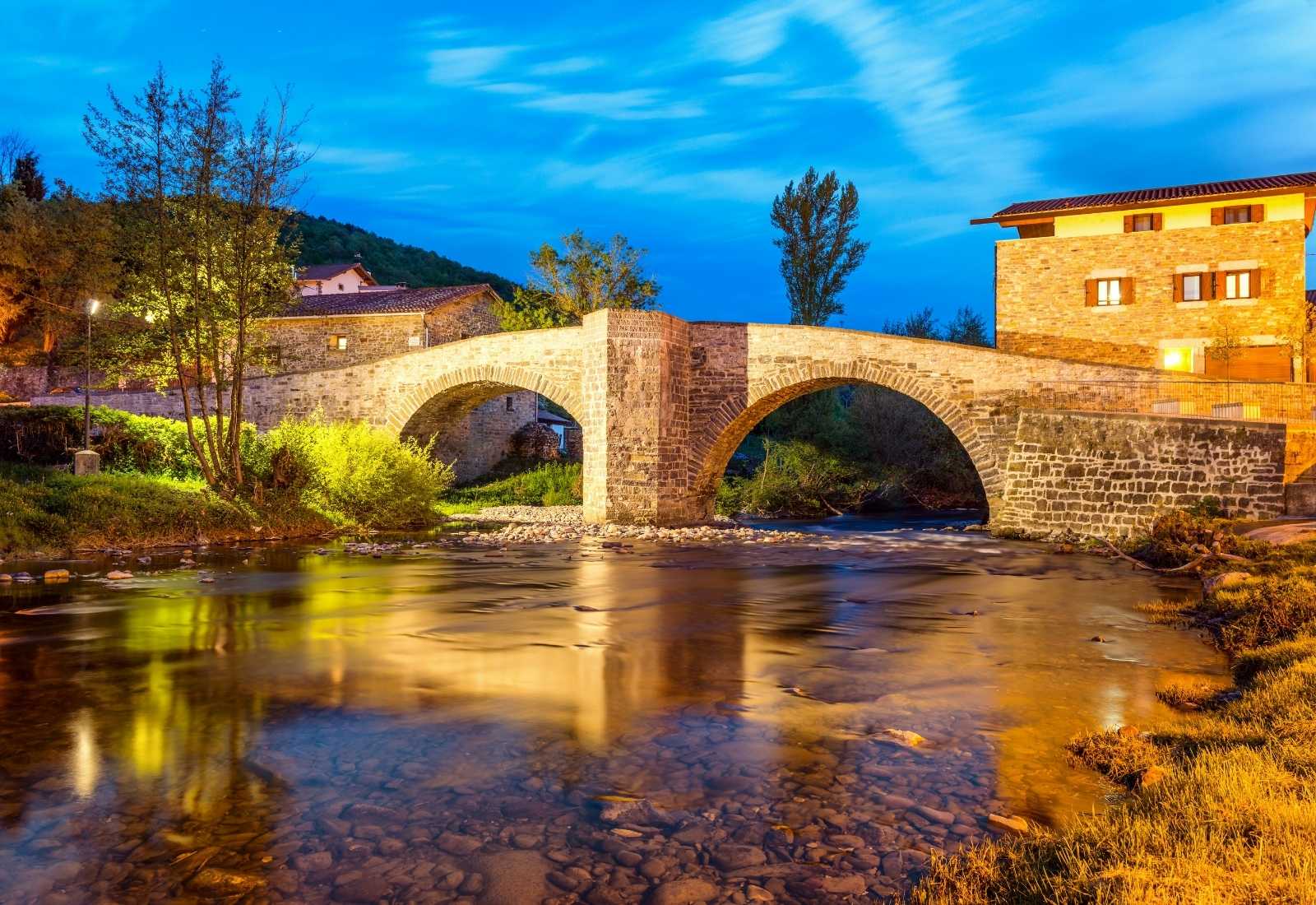
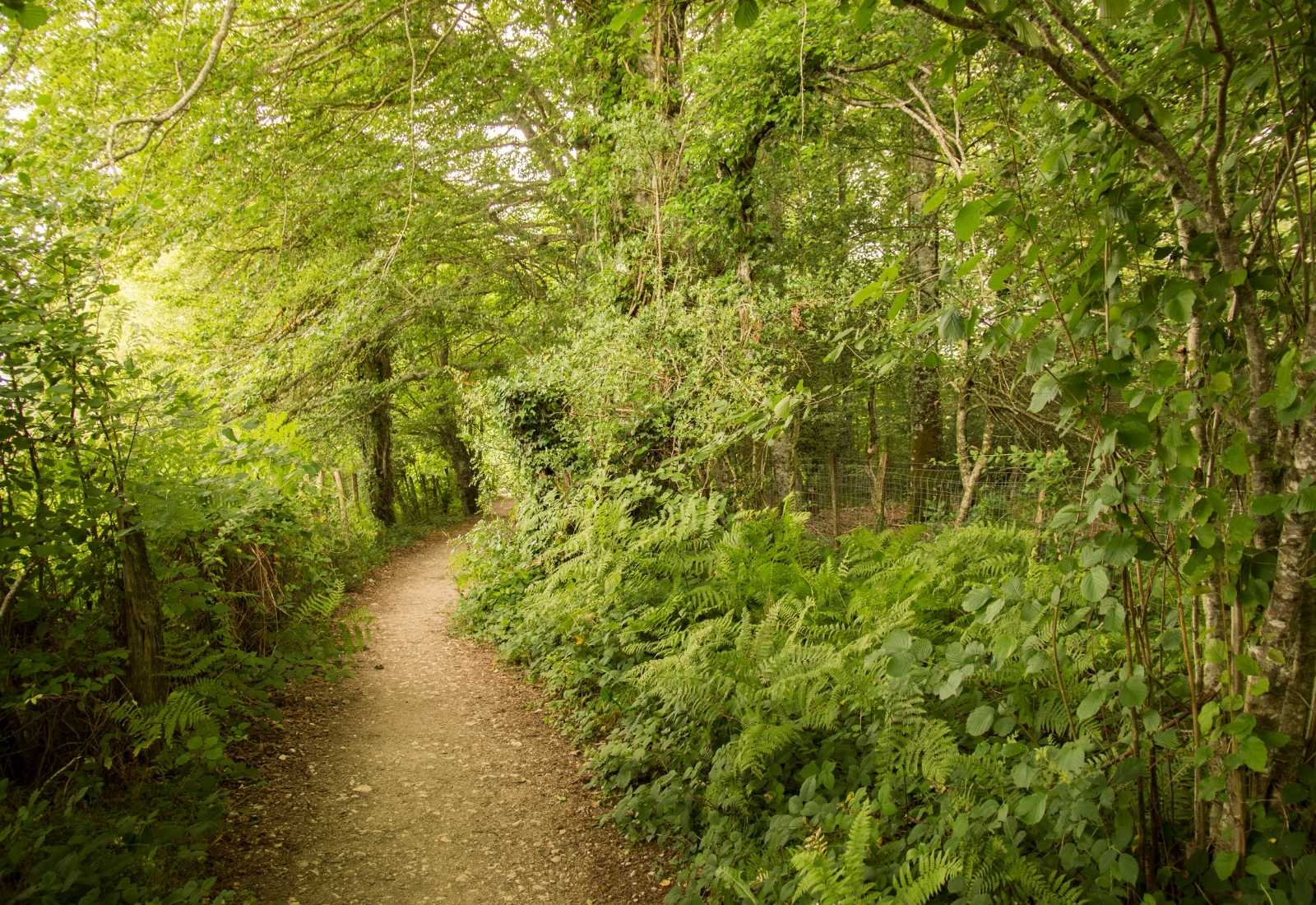
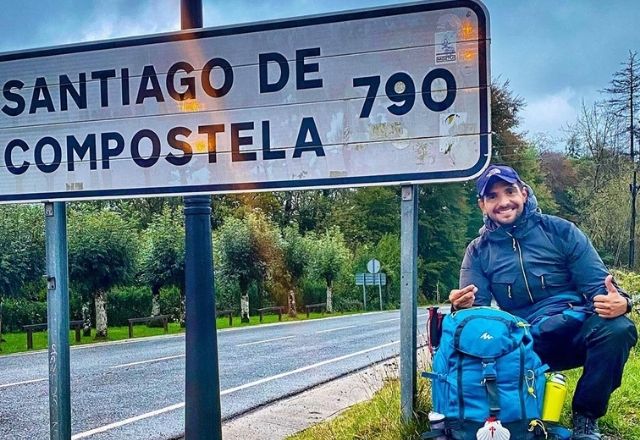
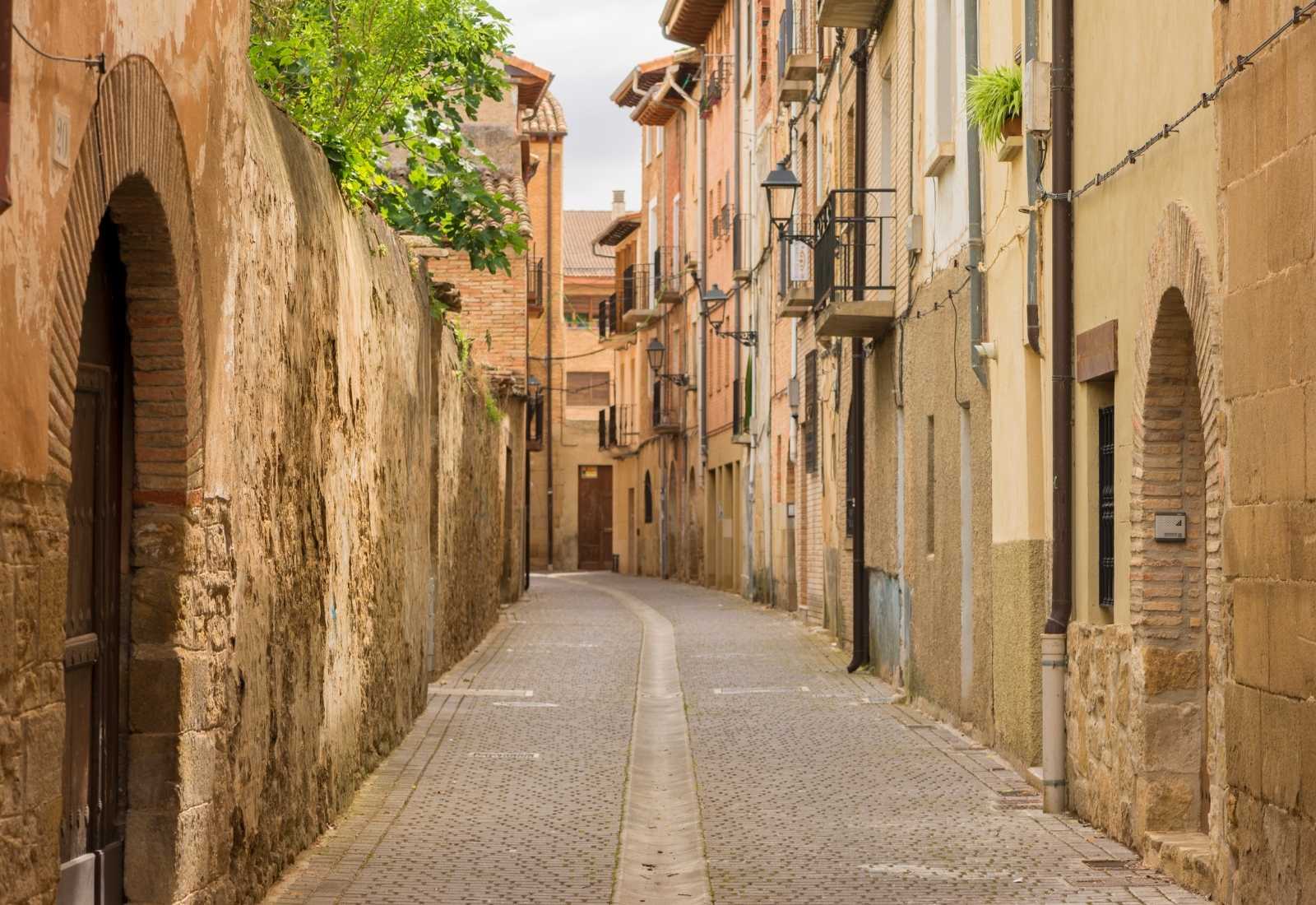
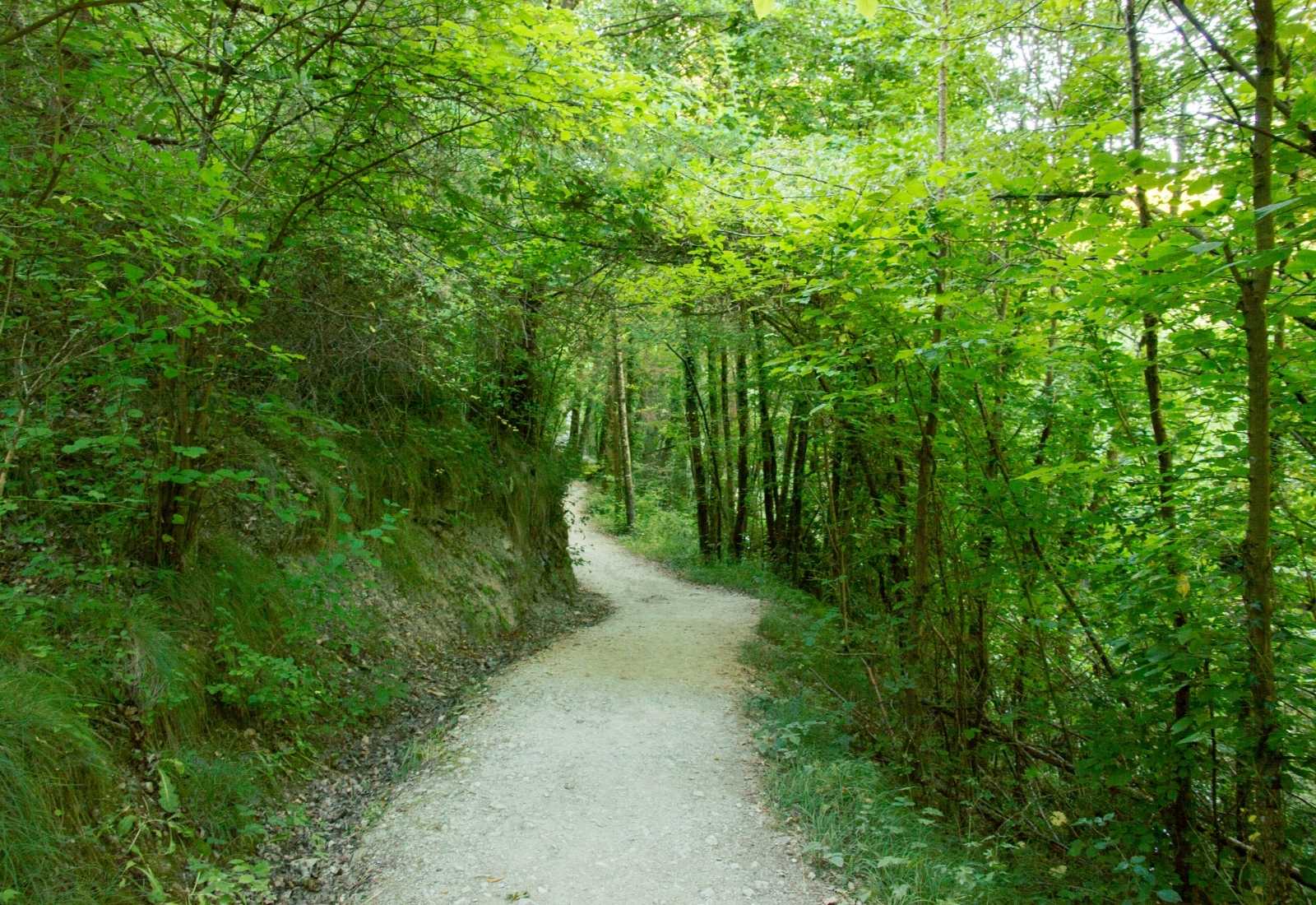
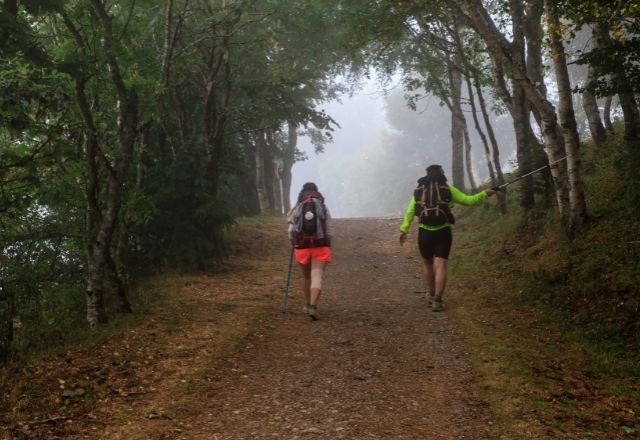
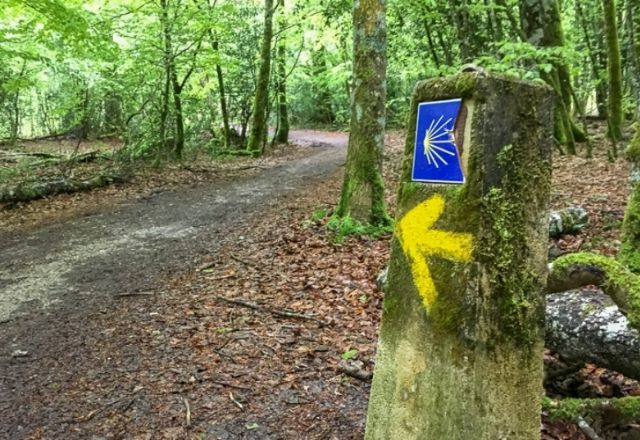
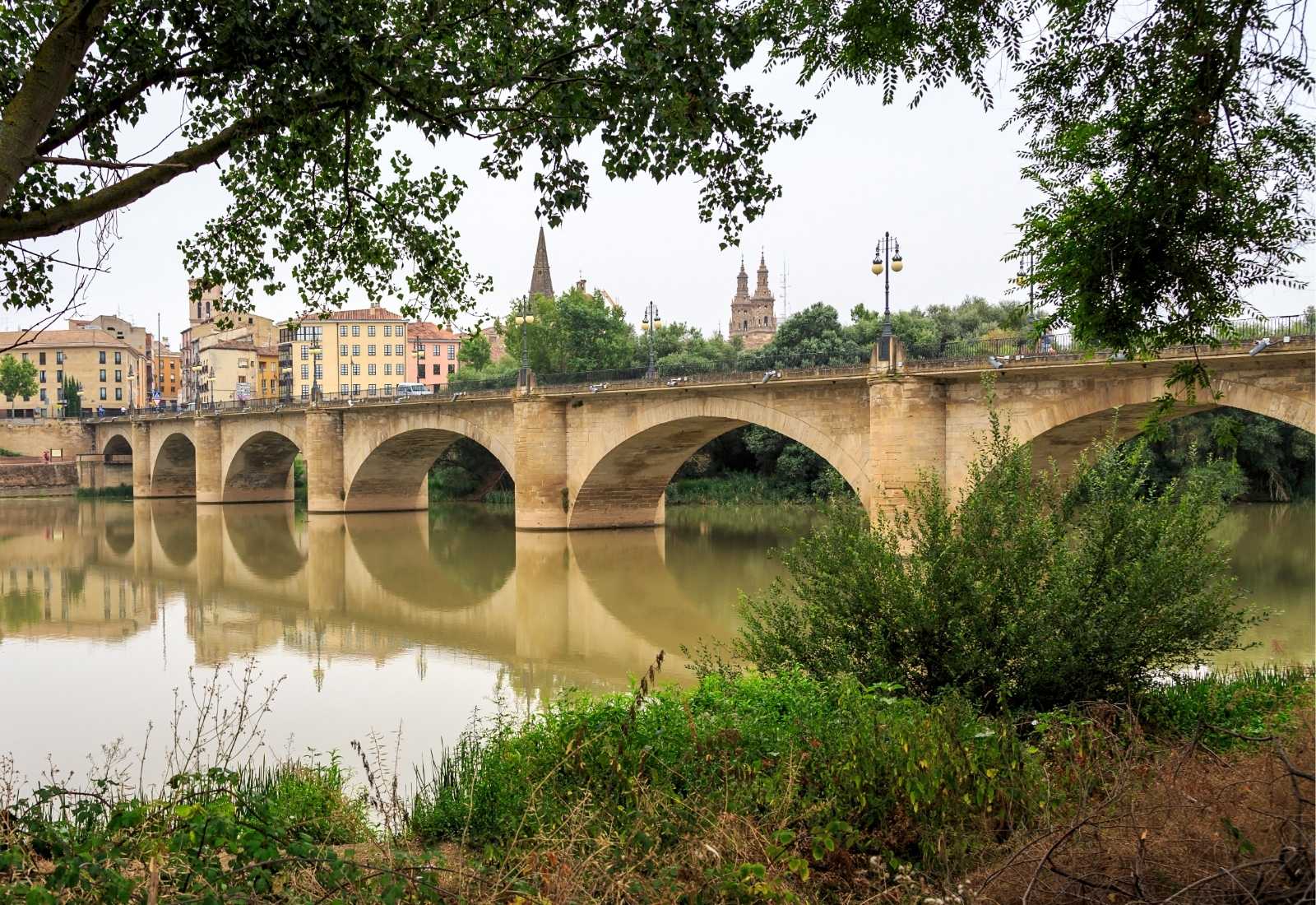
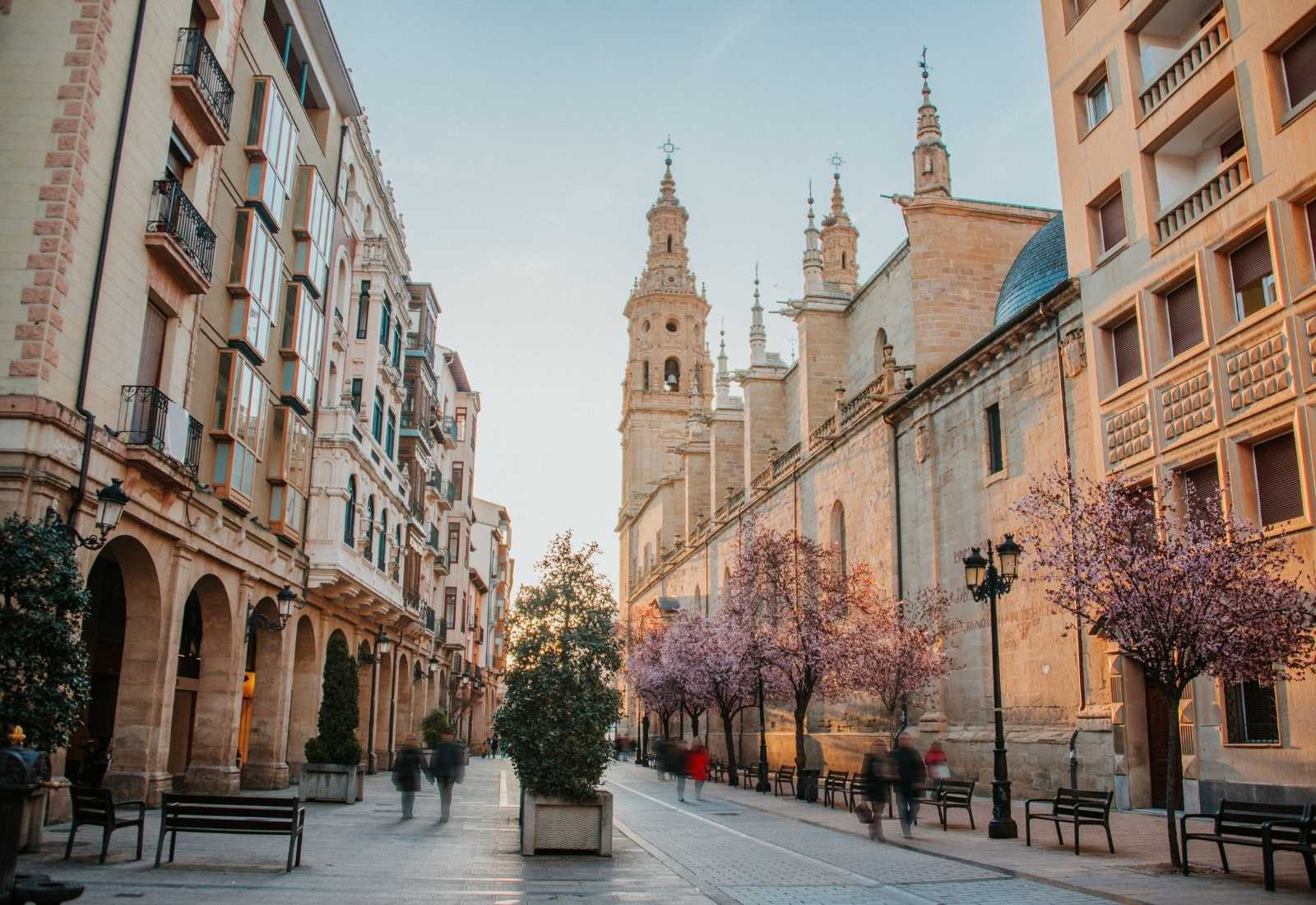

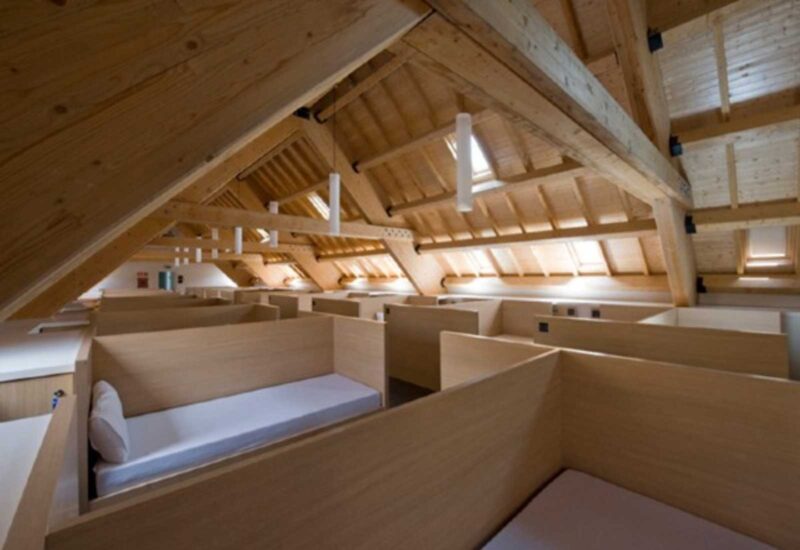
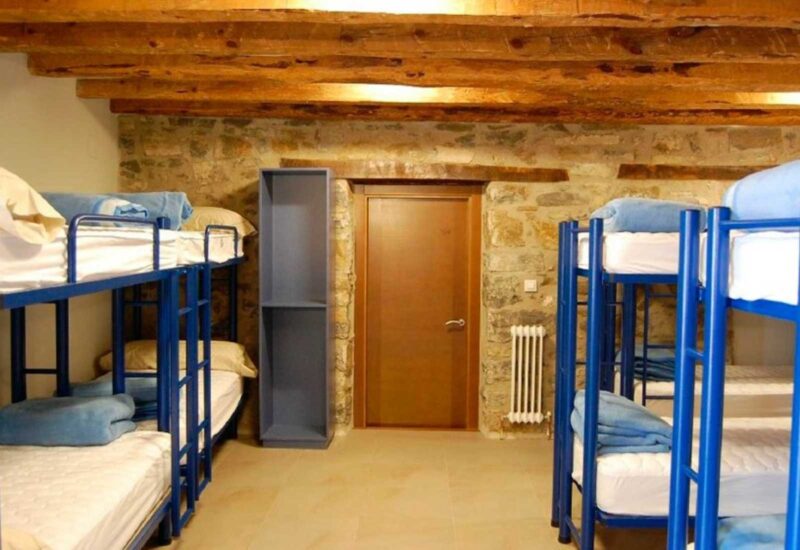
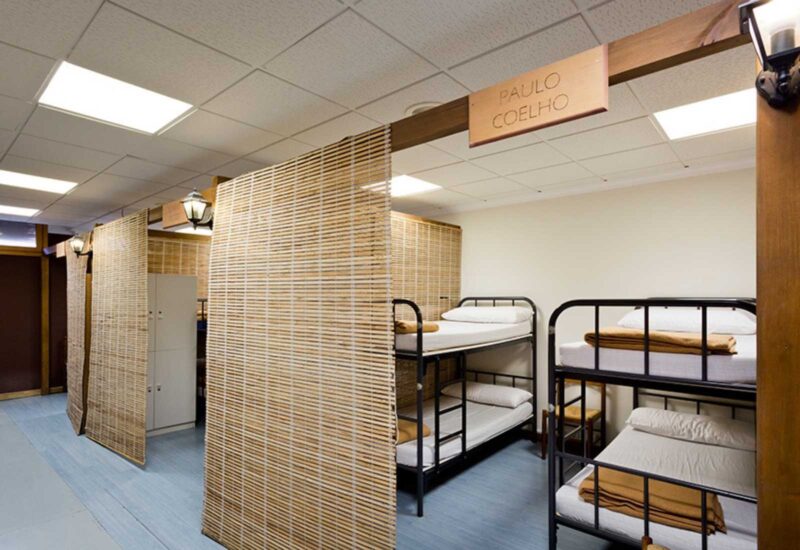
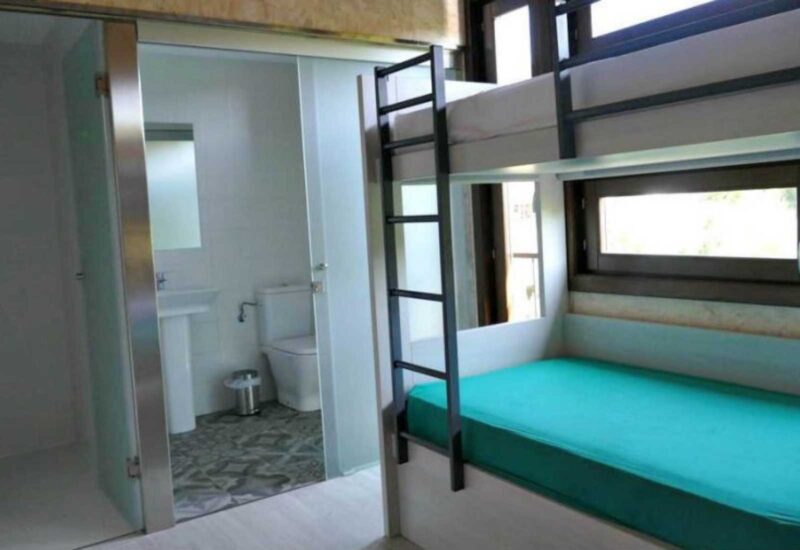
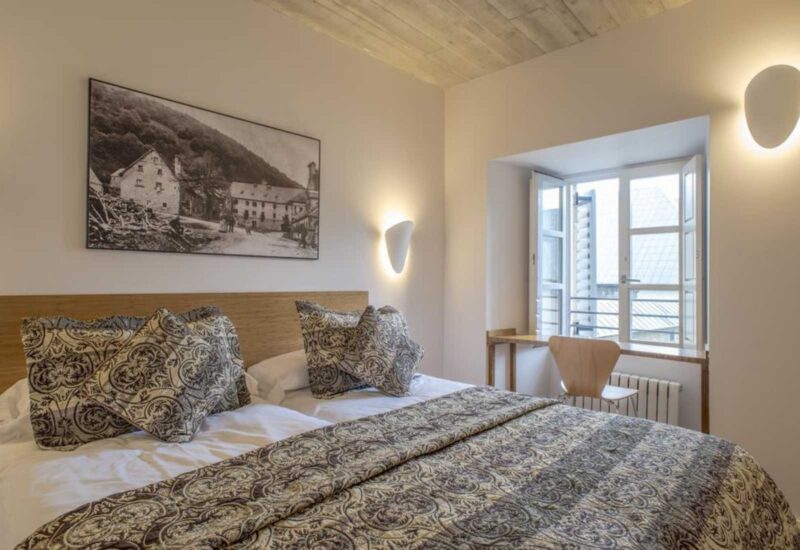
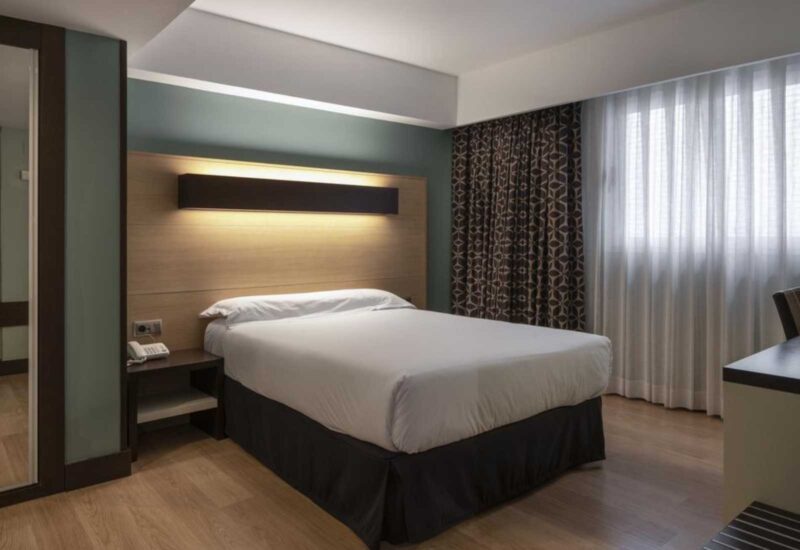
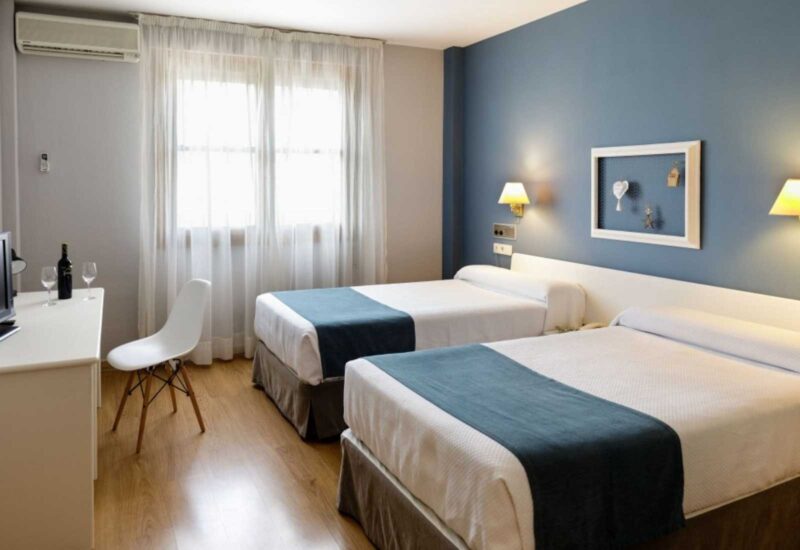
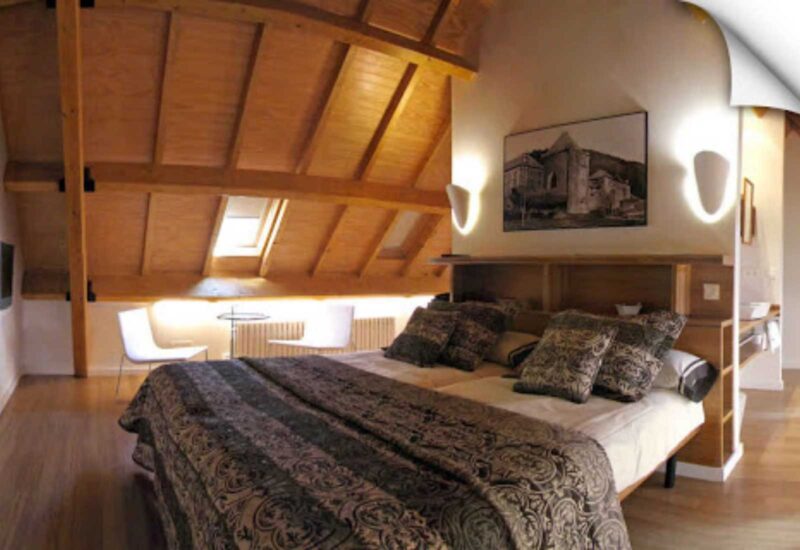
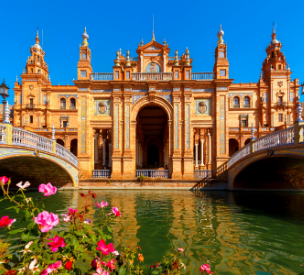
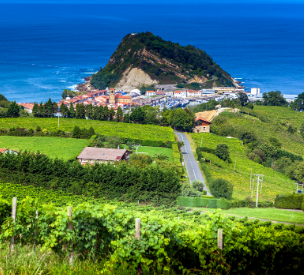
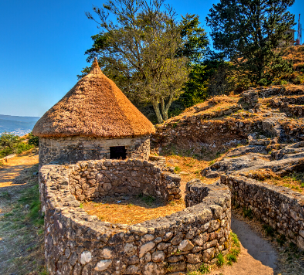
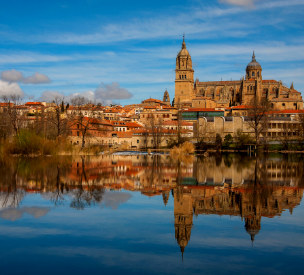
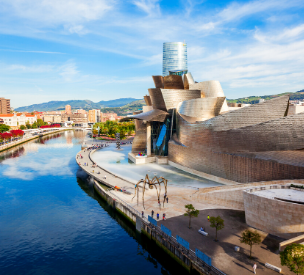
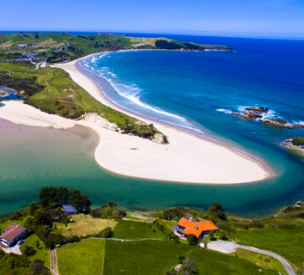

Reviews
There are no reviews yet.